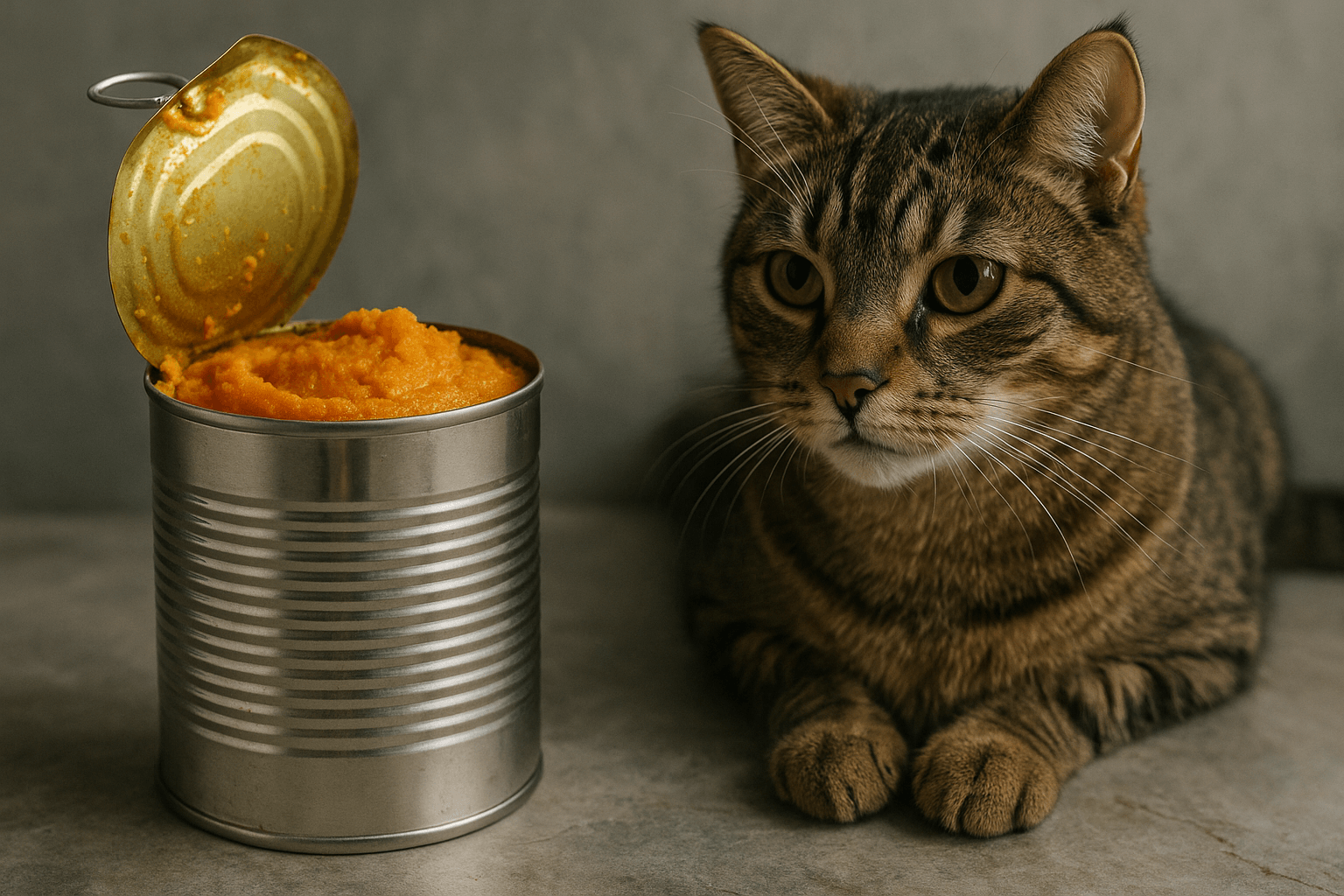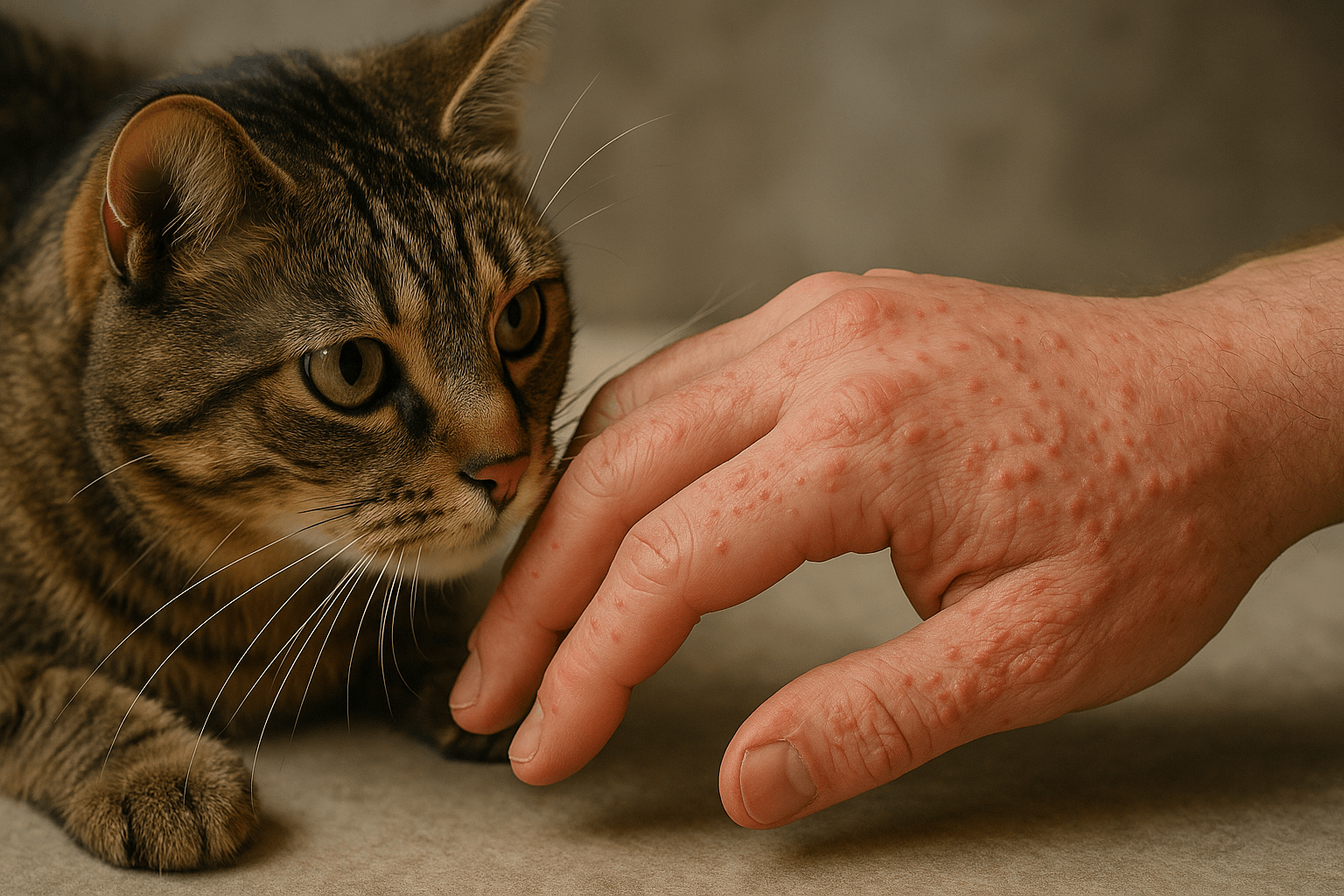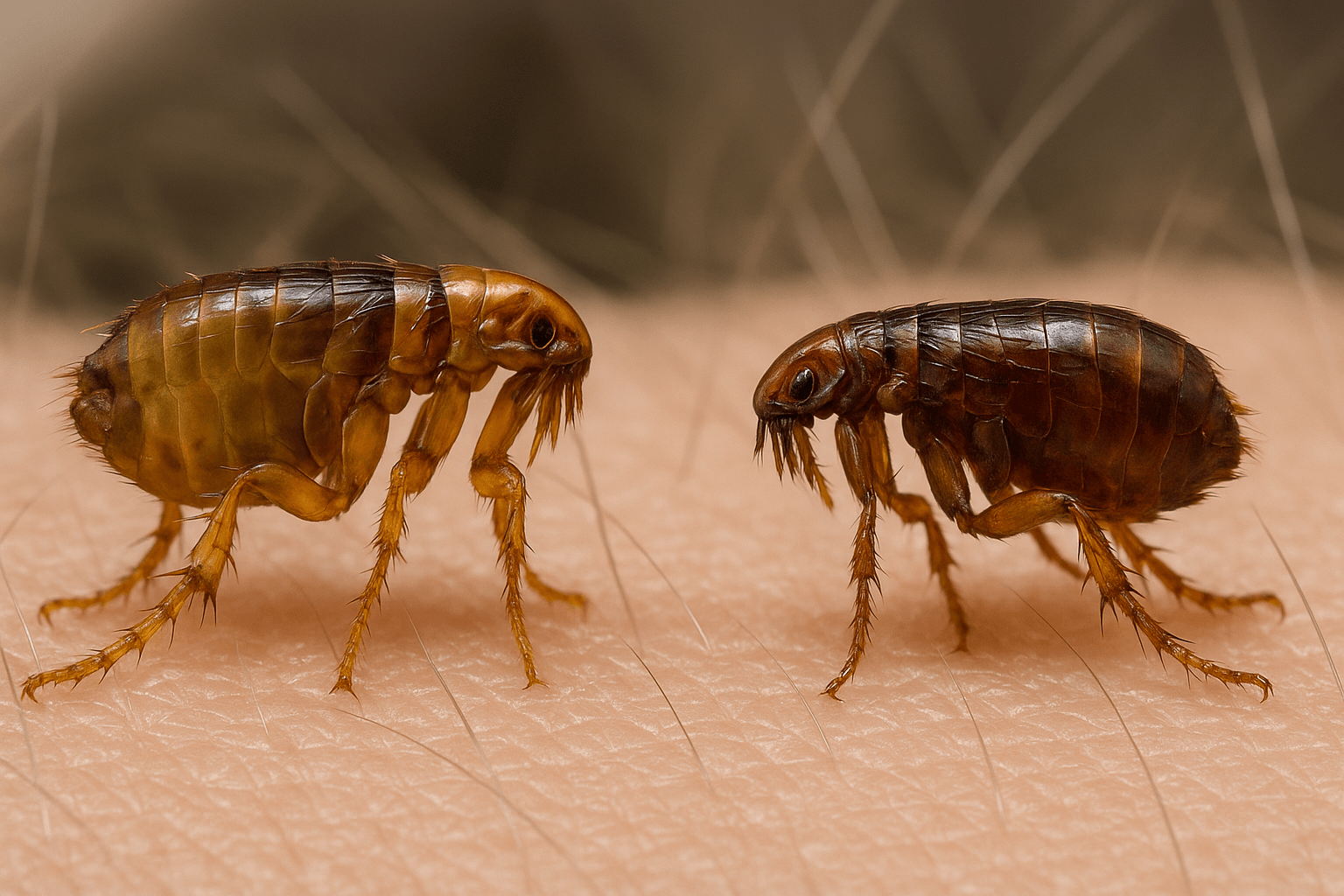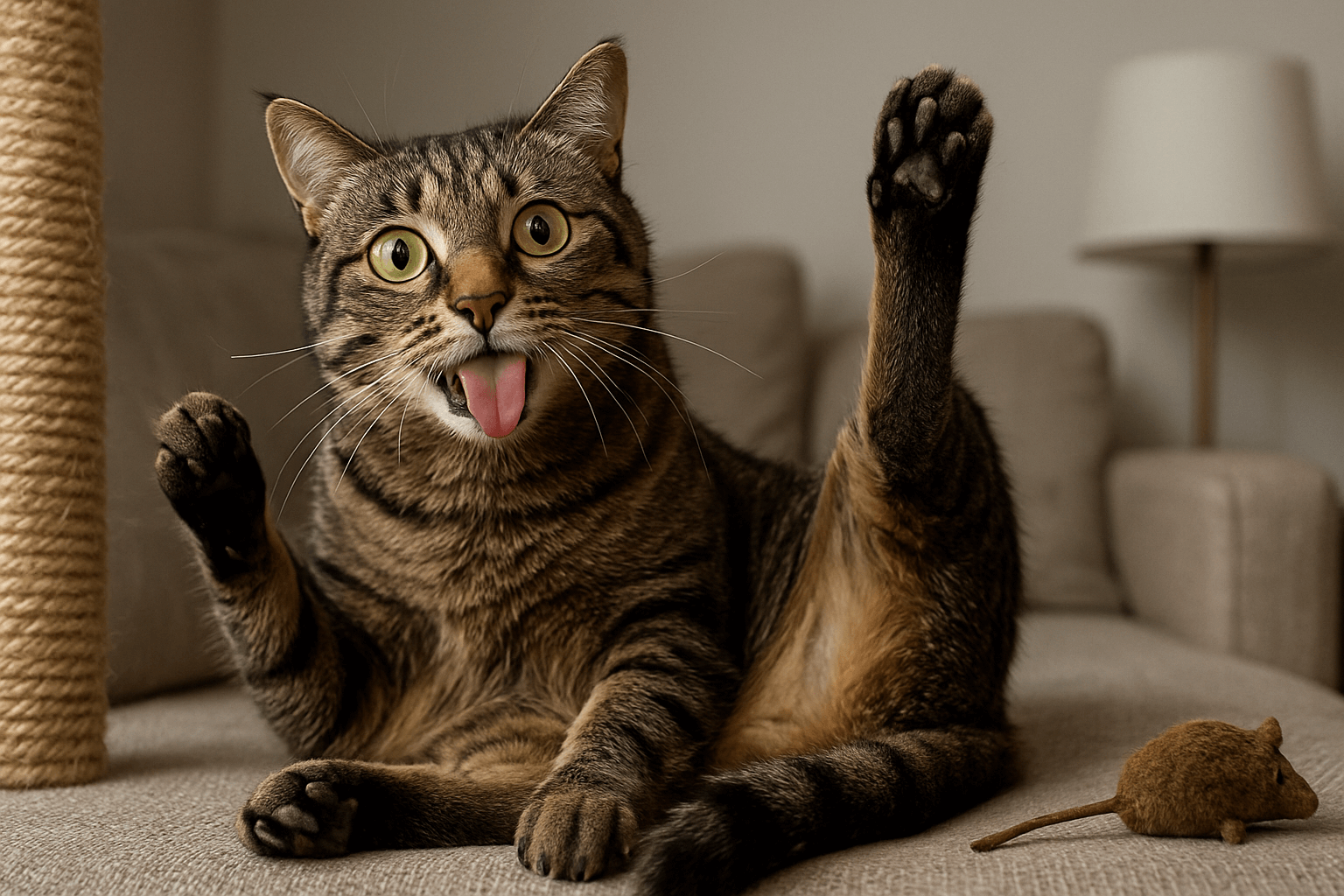Cat Eye Drops for Conjunctivitis: A Comprehensive Guide to Treating Your Feline’s Eye Infection
Conjunctivitis, commonly known as “pink eye,” is a condition that affects cats just as it does humans. Characterized by redness, swelling, and discharge around the eyes, conjunctivitis can cause significant discomfort for your feline friend. Fortunately, cat eye drops designed specifically for this condition can provide relief and promote healing. However, choosing the right treatment and administering it properly requires knowledge and care. In this article, we’ll explore everything you need to know about cat eye drops for conjunctivitis, from identifying symptoms to understanding how to use them effectively. By the end, you’ll be equipped to help your cat recover comfortably and quickly.
Recognizing the Signs: What Does Conjunctivitis Look Like in Cats?
Before reaching for cat eye drops, it’s essential to confirm that your cat is indeed suffering from conjunctivitis. The condition can manifest in various ways, and recognizing these symptoms early can make a significant difference in your cat’s recovery. Here are the most common signs to look out for:
Red or Swollen Eyes :
The conjunctiva—the thin membrane covering the eye—may appear inflamed and irritated.Excessive Tearing or Discharge :
Watery eyes or thick, yellow/green discharge are hallmark signs of infection.Squinting or Blinking Frequently :
Cats with conjunctivitis often squint due to sensitivity to light or pain.Crust Formation Around the Eyes :
Dried discharge can form crusts, making it difficult for your cat to open their eyes.Rubbing or Pawing at the Eyes :
This behavior indicates discomfort or irritation caused by the infection.
If you notice any of these symptoms, it’s crucial to consult your veterinarian promptly. Early intervention ensures that your cat receives the appropriate treatment, including the correct type of eye drops.
Choosing the Right Eye Drops: Options for Treating Conjunctivitis
Not all cat eye drops are created equal, and selecting the right product depends on the underlying cause of the conjunctivitis. Whether the condition is bacterial, viral, or allergic, there’s an eye drop formulation designed to address it. Here are some common types of cat eye drops used for conjunctivitis:
Antibiotic Eye Drops :
Prescribed for bacterial infections, these drops help eliminate harmful bacteria.Antiviral Eye Drops :
Used for viral conjunctivitis, often associated with feline herpesvirus.Steroid Eye Drops :
Reduce inflammation and swelling but should only be used under veterinary supervision.Artificial Tears or Lubricating Drops :
Soothe dry or irritated eyes, often recommended for mild cases or allergies.Antifungal Eye Drops :
Rarely needed but prescribed if a fungal infection is suspected.
Each type of eye drop serves a specific purpose, so it’s vital to follow your veterinarian’s recommendations. Using the wrong drops can worsen the condition or delay healing.
Check this guide 👉Understanding Cat Eye Cancer: Best 7 Expert Tips!
Check this guide 👉Cat Eye Injury: Best 7 Health Tips!
Check this guide 👉Understanding Cat Eye Ulcers: Best 7 Health Tips!

Types of Cat Eye Drops | Common Uses |
|---|---|
Antibiotic Eye Drops | Treat bacterial conjunctivitis |
Antiviral Eye Drops | Address viral infections like herpesvirus |
Steroid Eye Drops | Reduce inflammation and swelling |
Artificial Tears/Lubricants | Relieve dryness and minor irritation |
Antifungal Eye Drops | Target rare fungal eye infections |
Step-by-Step Guide: Safely Applying Eye Drops to Your Cat
Administering eye drops to a cat can be challenging, especially if they’re already uncomfortable due to conjunctivitis. However, with patience and proper technique, you can ensure the treatment is effective without causing further stress. Follow these steps for success:
Wash Your Hands Thoroughly :
Clean hands prevent introducing additional germs into your cat’s eyes.Gently Restrain Your Cat :
Wrap your cat in a towel or have someone assist you to keep them calm and still.Clean the Eye Area First :
Use a damp cloth to remove any crust or discharge before applying the drops.Hold the Dropper Close to the Eye :
Position the dropper above the eye but avoid touching the surface to prevent contamination.Reward Your Cat Afterward :
Offer treats or praise to create a positive association with the process.
Proper administration ensures the medication works effectively and minimizes stress for both you and your cat. Practice makes perfect, so don’t get discouraged if it takes a few tries to get it right.
Preventive Measures: Keeping Your Cat’s Eyes Healthy
While treating conjunctivitis is important, prevention is always better than cure. Taking proactive steps can reduce the risk of your cat developing this uncomfortable condition. Here are some practical tips to keep your feline’s eyes in top shape:
Maintain a Clean Environment :
Regularly clean your home to minimize dust and allergens that can irritate your cat’s eyes.Monitor for Underlying Health Issues :
Conditions like feline herpesvirus or allergies can increase the risk of conjunctivitis.Avoid Exposure to Irritants :
Keep your cat away from smoke, strong chemicals, or other potential eye irritants.Provide a Balanced Diet :
Nutrition rich in vitamins A and E supports overall eye health.Schedule Regular Vet Check-Ups :
Routine exams can catch early signs of eye problems before they escalate.
By incorporating these preventive measures into your routine, you can significantly lower the chances of your cat developing conjunctivitis. A little effort goes a long way in safeguarding their well-being.
Understanding the Root: What Triggers Conjunctivitis?
Conjunctivitis in cats can stem from a variety of causes, and identifying the underlying trigger is key to effective treatment. Whether it’s an infection, environmental factor, or systemic health issue, understanding these causes can help you prevent future occurrences. Here are some common culprits:
Bacterial Infections :
Bacteria like Chlamydia or Mycoplasma can lead to severe eye irritation and discharge.Viral Infections :
Feline herpesvirus and calicivirus are frequent causes of viral conjunctivitis.Allergies :
Environmental allergens such as pollen, dust, or mold can irritate your cat’s eyes.Foreign Objects :
Debris like dirt, sand, or small particles trapped under the eyelid can cause inflammation.Trauma or Injury :
Scratches or abrasions to the eye can result in secondary conjunctivitis.
By addressing the root cause, you can ensure proper treatment and reduce the risk of recurrence. Always consult your vet for a precise diagnosis.
When to Seek Help: Red Flags for Serious Eye Problems
While mild cases of conjunctivitis can often be managed at home, some symptoms indicate a more serious issue that requires immediate veterinary care. Being able to recognize these warning signs can save your cat from further discomfort or complications.
Severe Swelling or Bulging of the Eye :
This could indicate glaucoma or other serious conditions requiring urgent care.Blood in the Eye or Discharge :
Unusual bleeding or thick, pus-like discharge may signal a deeper infection.Cloudiness or Change in Eye Color :
A cloudy appearance could suggest corneal ulcers or other structural damage.Pawing at the Eye Excessively :
Persistent pawing may worsen the injury or indicate extreme pain.Lethargy or Loss of Appetite :
These general symptoms may suggest systemic illness affecting the eyes.
If you notice any of these signs, don’t delay—seek professional help immediately. Early intervention can prevent permanent damage or vision loss.
Supporting Recovery: How to Care for Your Cat at Home
Once your veterinarian has prescribed treatment, there are steps you can take at home to support your cat’s recovery from conjunctivitis. Proper aftercare ensures faster healing and minimizes the risk of complications.
Keep the Environment Clean :
Regularly clean bedding and surfaces to reduce exposure to irritants or bacteria.Use an Elizabethan Collar :
Prevent your cat from scratching or rubbing their eyes during the healing process.Monitor Progress Daily :
Keep track of improvements or worsening symptoms and report changes to your vet.Limit Outdoor Time :
Restrict outdoor access to avoid exposure to dust, debris, or potential injuries.Administer Medication as Directed :
Follow your vet’s dosage instructions carefully for optimal results.
By following these tips, you can create a safe and supportive environment for your cat’s recovery. Consistency and attention to detail are key to ensuring a smooth healing process.
Frequently Asked Questions About Cat Eye Drops for Conjunctivitis
Can I use human eye drops for my cat’s conjunctivitis?
No, human eye drops may contain ingredients unsafe for cats; always use vet-prescribed products.
How long does it take for cat eye drops to work?
Improvement typically occurs within a few days, but full recovery depends on the severity of the infection.
What if my cat resists having eye drops applied?
Stay calm, use gentle restraint, and reward your cat afterward to build trust.
Are steroid eye drops safe for cats?
Only when prescribed by a vet, as improper use can lead to complications.
Can conjunctivitis in cats spread to humans?
Most cases are species-specific, but good hygiene practices are always recommended.
Final Thoughts: Supporting Your Cat Through Conjunctivitis
Conjunctivitis can be distressing for both cats and their owners, but with the right care and treatment, your feline companion will soon be back to their playful self. Cat eye drops play a crucial role in alleviating symptoms and promoting healing, but their effectiveness depends on proper diagnosis and administration. Remember to consult your veterinarian for guidance tailored to your cat’s needs and follow through with preventive measures to maintain their eye health. By staying informed and attentive, you can ensure your cat enjoys clear, bright eyes and a happy, healthy life.
Canned Pumpkin for Cat Diarrhea: Best 7 Expert Tips! Natural remedy to firm stools, soothe upset bellies, and support gut health safely.
Can a Cat Give You Scabies? Best 7 Expert Tips! Discover the truth about feline mites, human skin risks, and how to protect yourself—without panic.
Cat Flea vs Human Flea: Best 7 Expert Tips! Discover the truth about bites, species, and how to eliminate infestations for good.
Weird Cat Behaviors: Best 7 Expert Tips! Discover why cats do strange things—and how to understand, not punish, their instincts for a happier home.





